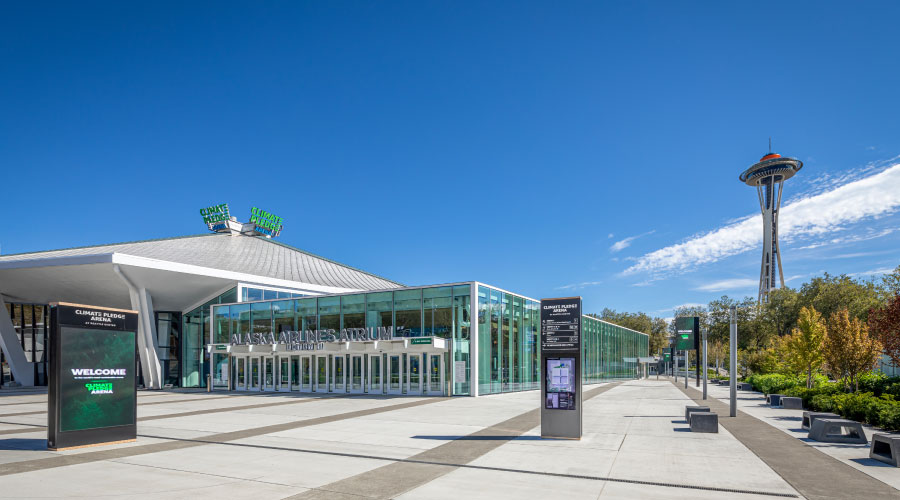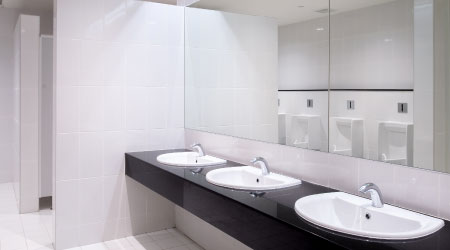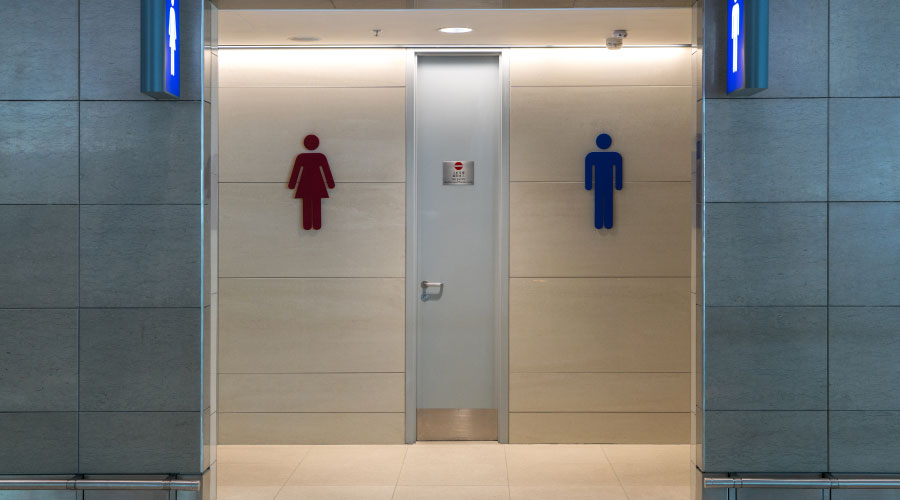Innovative Irrigation Project Produces Big Savings at Agricultural Center
Typically, a project that takes 30 years to achieve payback rarely sees the light of day.
"We typically look for project returns in the range of one to three years, with a high of seven years for county investment of capital," Brantley says. "But as a local government, we also need to demonstrate environmental commitment to the citizens of Leon County."
An innovative irrigation initiative at the county's agricultural center did not produce an immediate return on investment (ROI), but reduced city water use on the facility's grounds by 75 percent and served as an example to county and state residents as a creative way to save water in their homes.
The 14,000-square-foot facility houses the county's agricultural operations. The site and surrounding grounds are popular with visitors and student groups learning about the plants and farming in the county. A citizen's advisory group wanted to reinvent the building as an environmental showcase to help demonstrate how water conservation and energy efficient technology can impact the community. Brantley's staff oversaw the design and installation of cisterns that collect rainwater to reuse for irrigation purposes on the property.
"The reuse spectrum came about from a desire to explore cistern-class technology and capturing rainwater in particular that could be circulated on the grounds," Brantley says. "One thing led to another, and we stumbled across the availability of four surplus, underground storage tanks reclaimed from the petroleum industry."
Finding the four 10,000-gallon single-wall fiberglass tanks was a boon to the project's bottom line. The county purchased the tanks from a local farmer for about $1,000 each and paid to have them cleaned and re-tooled to use at the agricultural center. New tanks can cast as much as $5,000 each, Brantley says.
County landscape and facilities crews were responsible for planning the agricultural center initiative, which included installing the cisterns and downspouts that took the collected water to the underground tanks.
As the engineer of record, Brantley devised portions of the rainwater system and helped create a flow-control feature called the Smart Box, which contains a pumping apparatus, controls, valves and pressurization that taps into the city of Tallahassee's water system when the cisterns are empty.
When developing the agricultural center initiative, Brantley had a vision of how the system would operate, but struggled to communicate the idea until one of his staff members lent a helping hand.
"Initially, the debate went something like, 'Your statement of vision is impossible to deliver,'" Brantley says. "But we kept working our way through it, and I had an electrician in the crowd who had an 'ah ha' moment. He told me after we talked for two hours, and it finally occurred to him that we could do this.
The electrician "took it as a personal challenge, took the parts home over the weekend, played with the control box, and actually got it set up where we could have two cross-communicating panels that operated a remote control valve that interconnected to the city water supply. So basically, the way the system works is when we do not have rainwater in the tanks, this valve operates to revert to the city (of Tallahassee) supply. It automatically does that. Once we receive rain and water, contents flow from the roof of the building to
the downspouts."
A monthly preventive maintenance (PM) program became part of the staff's regular duties once the system was up and running to ensure the operation worked as planned. The PM duties include inspecting the control box, ensuring the pumps are activating the irrigation system, and cleaning the grates of the Smart Box to keep the vanes clear of debris.
After work at the agricultural center finished in 2012, the county saw its use of city water drop from 1.5 million gallons per year to 372,100 gallons — about a 75 percent reduction in water use. Water and sewer bills dropped from more than $3,500 a year to $1,070 — a savings of about $2,500 per year. The $75,000 project resulted in a long 30-year payback on the original investment. But the agricultural center initiative, which earned plenty of media attention in Florida, accomplished one goal for a government agency trying to sell its residents on the concepts of water conservation.
"We did this strictly in the spirit of demonstration," Brantley says. "This is mega-scale. This is water reuse on steroids, but sometimes that's an effective technique to demonstrate to the public at large that if you show them a big scale project, how it can work, they can scale it down to the right size and do it at their homes."
Related Topics:













